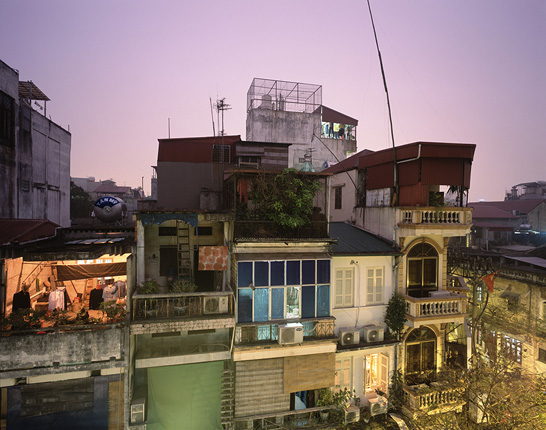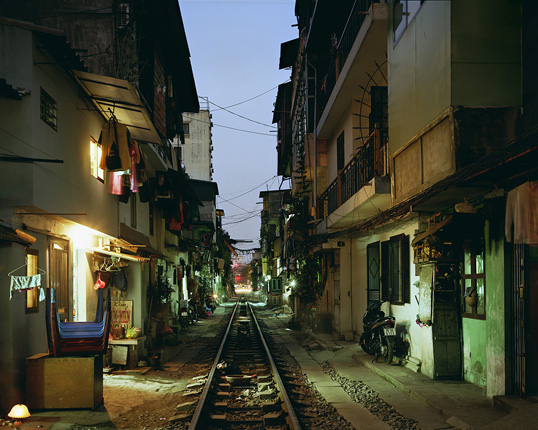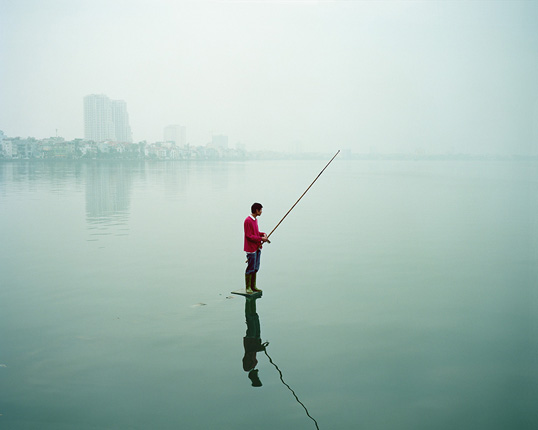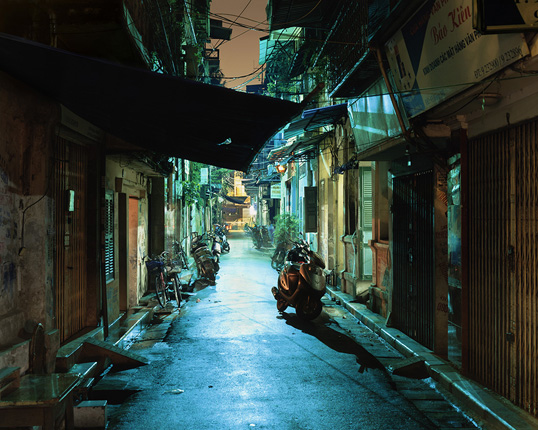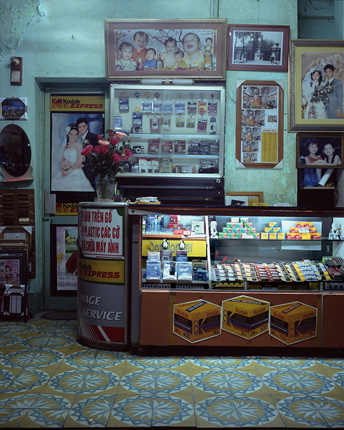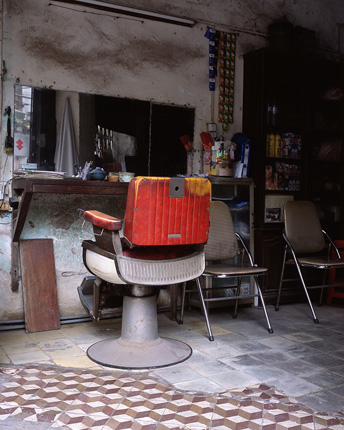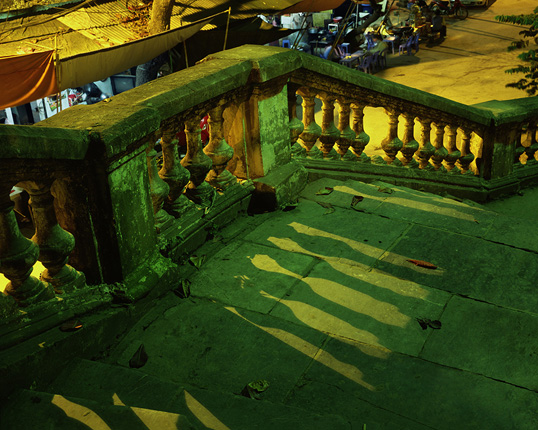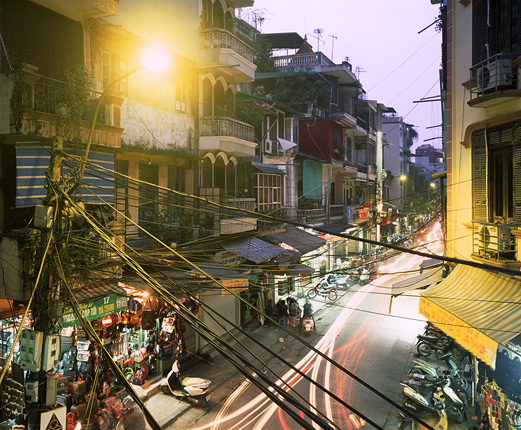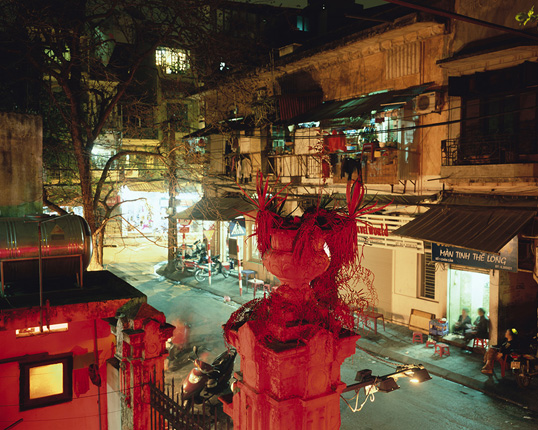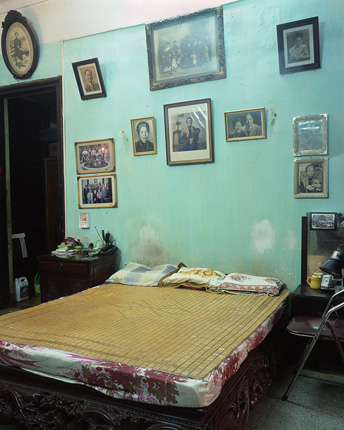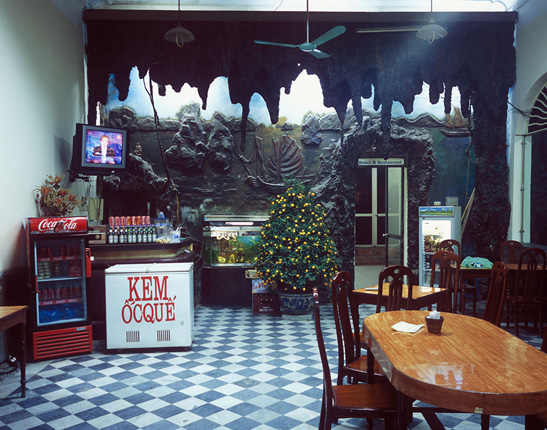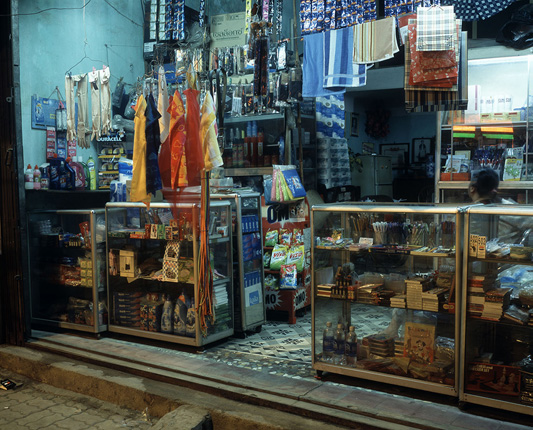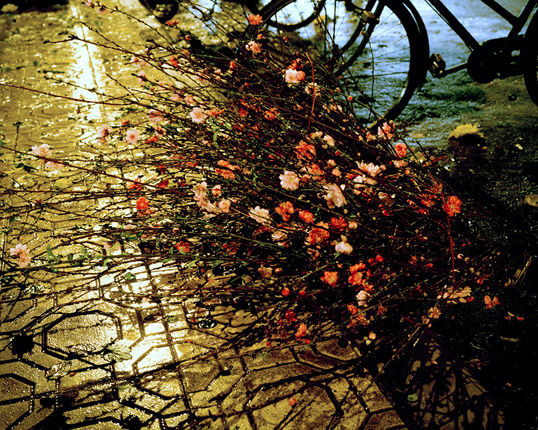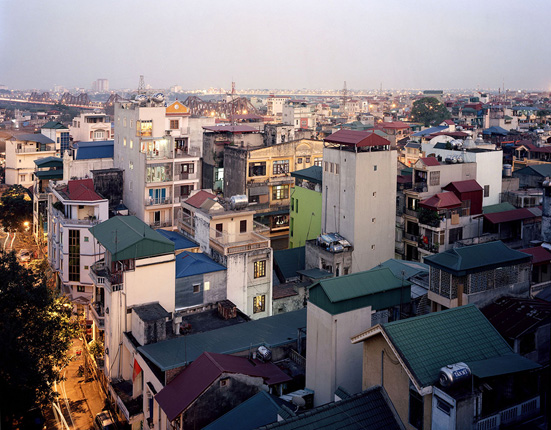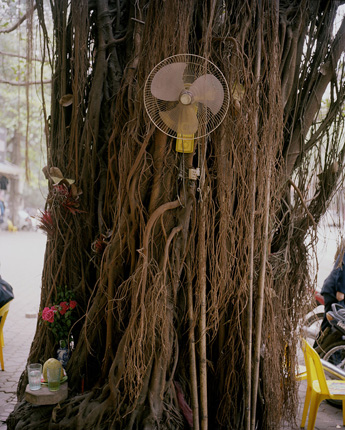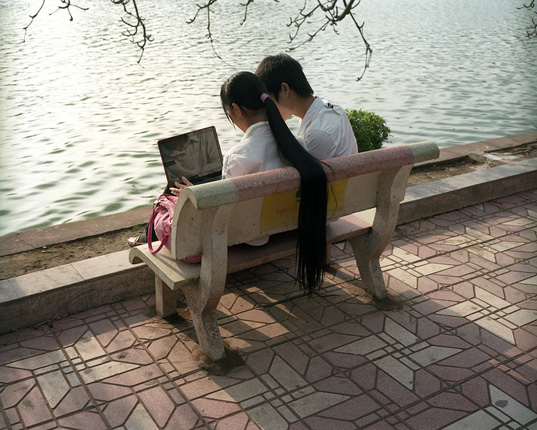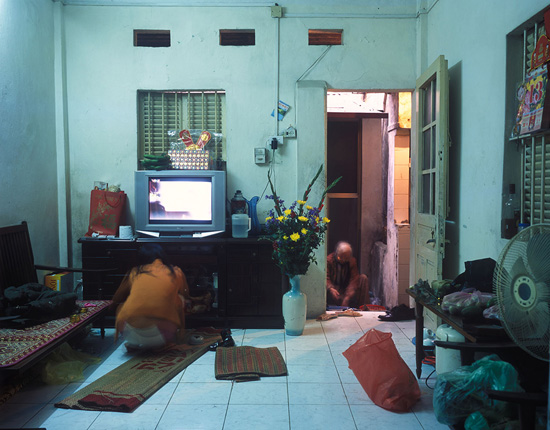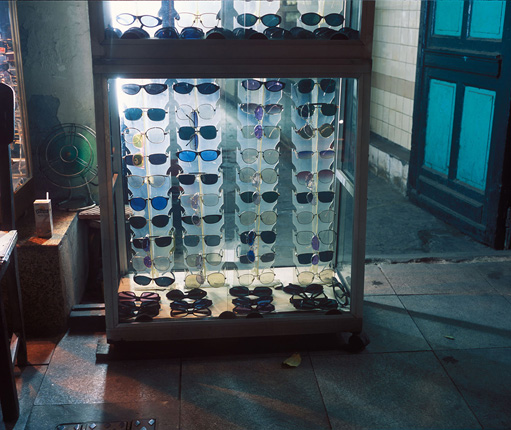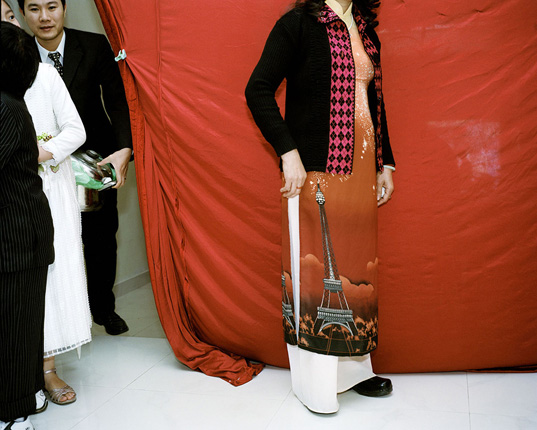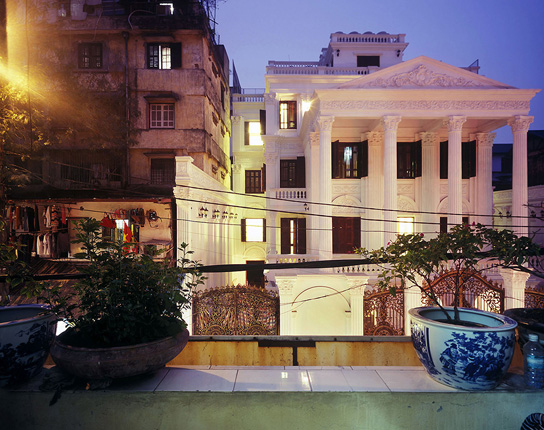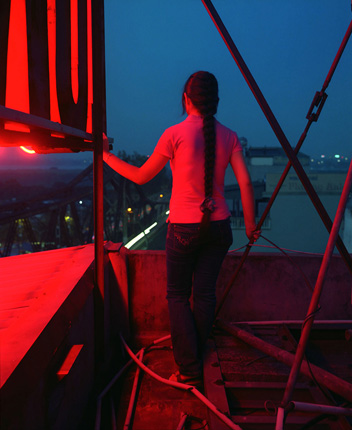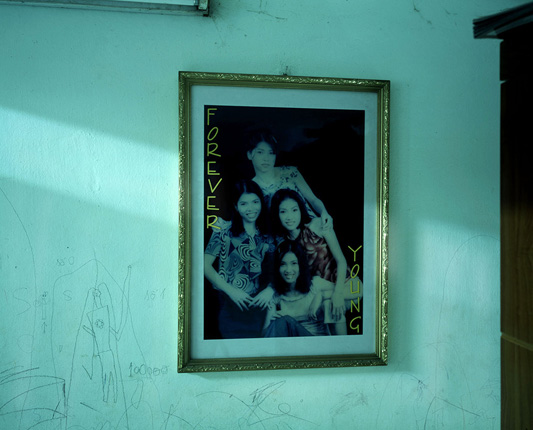In 2009 I was invited to photograph the Vietnamese capital to commemorate its millennium anniversary in October 2010. The book Hanoi Calling is the result. I tried to avoid the city’s better-known landmarks and instead explored the often-overlooked features that define daily life for its residents.
I first visited Vietnam in the 1980s during its relative isolation after the end of the Vietnam War (or “American War”, as the Vietnamese call it), when the Soviet Union was its main benefactor. One unintended benefit of this period -and an earlier one, when the north diverged from the capitalistic grid after independence from France- is that Hanoi’s buildings and neighborhoods, having survived the war, enjoyed protection from speculative development afterwards.
Time has flowed hard through Hanoi. For decades the city’s architectural heritage seemed to be regarded by the authorities simply as an inventory of decaying buildings to be used or demolished as required. This started to change as the economy reformed, the pace of development accelerated and an appreciation of the city’s heritage evolved. High-rise towers arrived relatively late, compared with other cities in the region, and Hanoi remains that rare South East Asian city where the original scale and density (if not the original buildings themselves) are essentially intact, especially in the “Old Quarter”.
On a single city block, in addition to the many versions of Hanoi’s famous “tube” houses (tall, narrow facades fronting the street with the buildings’ main space extending deeply back), it is possible to see the clustered evidence of Chinese, French and Soviet involvement in the country. That history -sometimes visible, sometimes not- is part of the foundation of Hanoi’s very specific modernity. And at least in equal measure to the buildings and the residents themselves, it is this modernity that is the subject of these photographs.

